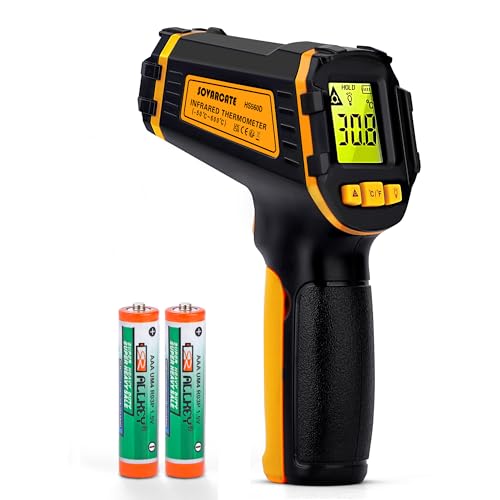Understanding the Response Time of an Infrared Thermometer
Infrared thermometers, also known as non-contact thermometers, are widely used in many industries. They are efficient, accurate, and quick in measuring temperature, making them very useful in various applications such as food processing, HVAC, and medicine. However, one important factor that needs to be considered when using an infrared thermometer is the response time.
What is Response Time?
Response time is the time taken by an infrared thermometer to produce an accurate temperature reading after the device is pointed at a target. It is important to understand this measurement because it influences the accuracy and reliability of the temperature reading. If an infrared thermometer has a long response time, it may produce inaccurate readings, and if it has a short response time, it may produce a more reliable result.
Factors Affecting Response Time
Several factors can affect the response time of an infrared thermometer. These include the type of material being measured, the distance between the thermometer and the target, the emissivity setting of the thermometer, and the ambient temperature of the surroundings. All these factors need to be taken into consideration to ensure an accurate and reliable temperature reading.
Measuring Response Time
The response time of an infrared thermometer can be measured by pointing it at a target that is at a known temperature and observing how long it takes to display an accurate reading. The time taken is normally measured in fractions of a second, and the measurement can be performed using a stopwatch.
Response time is an important factor to consider when using an infrared thermometer. It affects the accuracy and reliability of the temperature reading and can be influenced by several factors. To ensure an accurate and reliable temperature reading, it is important to choose an infrared thermometer with a short response time and to consider the factors that can affect it.






